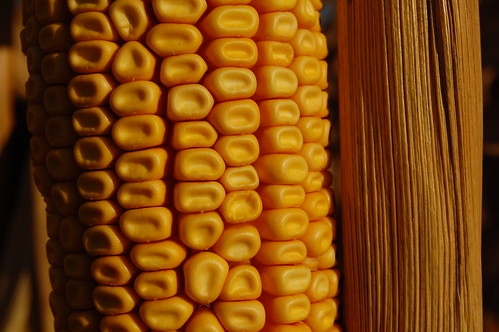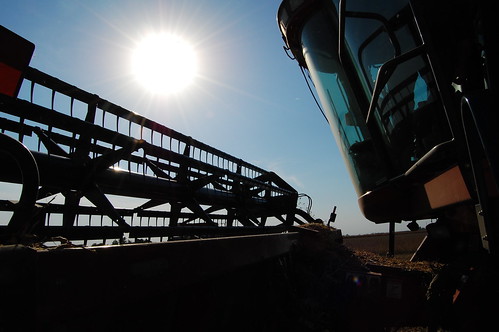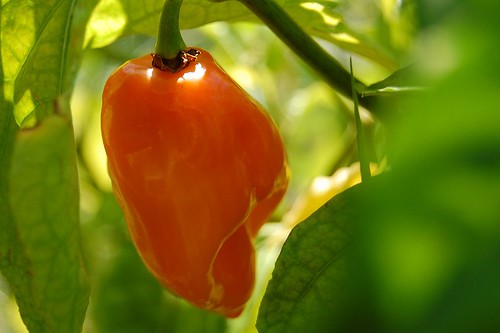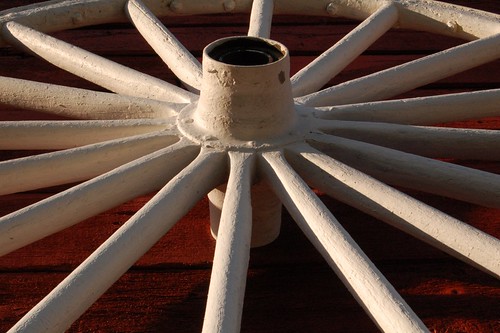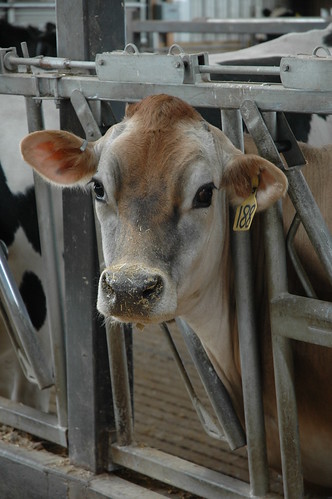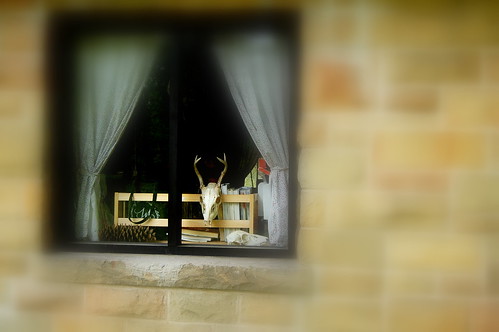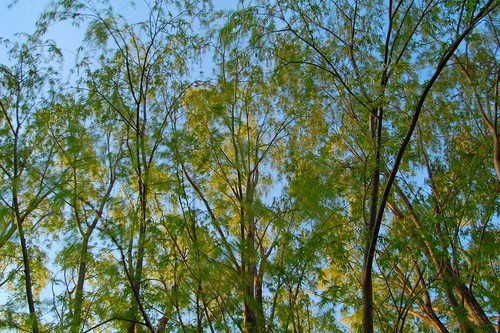| Dr.Kara M. Lascola |
"Easy keeper" is an endearing term. It's the animal that horse owners know to somehow overcondition on a diet of grass hay and rank pasture. It turns out the easy keeper often develops a freshly recognized metabolic syndrome called insulin resistance.
Insulin resistance is often discovered by veterinarians when a horse owner makes a call about laminitis or founder, said Dr.Kara M. Lascola of the University of Illinois. The syndrome first became a specific diagnosis in 2002 as research began to sort out the differences between metabolic disorders such as Cushing's disease and hypothyroidism.
"Insulin resistance can affect younger horses," Lascola said."Repeated bouts with laminitis or founder are usually what gets the vet out for a look. When they ask about the horse's history, the pattern of laminitis is an indication"
The disorder has no cure but is manageable with proper diet and exercise. Because insulin resistance tends to affect young horses, management is typically the route owners choose. The easy keeper in the pasture is often obvious. It will look healthy but will have fat deposits at key spots on its body. The horse will have a high body condition plus fat pockets on its tailhead, udder, crest of the neck, shoulders and flanks.
And there also are symptoms such as sore feet, bruising and episodes of laminitis.
Insulin resistance can hit any breed, but it's most common among ponies, Morgans, Arabians, Warm Bloods and Saddlebreds. It's less common among Thoroughbreds and Standardbreds, and Lascola suspects the racing breeds have less insulin resistance because of their high activity levels.
"Insulin resistance is sometimes called a 'disease of prosperity' because it's often induced by overfeeding. Continuing to feed high levels of grain and highly digestible forage to a horse that's worked infrequently can cause a horse to over-condition and become insulin resistant," Lascola said.
Management means a strict diet and increased exercise for the life of the horse. Technically, the syndrome starts when glucose (sugar) remains in the blood stream. It's very similar to type 2 diabetes in humans. The sugar in the blood can't be used by the cells so the sugar is converted to fat and laid down in pockets on the horse's body. Without the ability to use the glucose properly, the cells become inflamed, further reducing blood flow to critical areas such as the hoof, Lascola said. Once a horse has a bout with laminitis it will always be susceptible in the future.
"Reduce non-structural carbohydrates in the diet, soak hay in water, and restrict access to pasture. A grazing muzzle can be a very effective tool. Consult with your veterinarian about the details of feeding and caring for your horse," Lascola said.
Veterinarians will take blood samples to confirm insulin resistance and to develop a management plan. Testing for the syndrome is essential since it's similar to Cushing's disease and hypothyroidism. The diseases share some similarities. In fact, a horse can have Cushing's and insulin resistance at the same time, she said.




